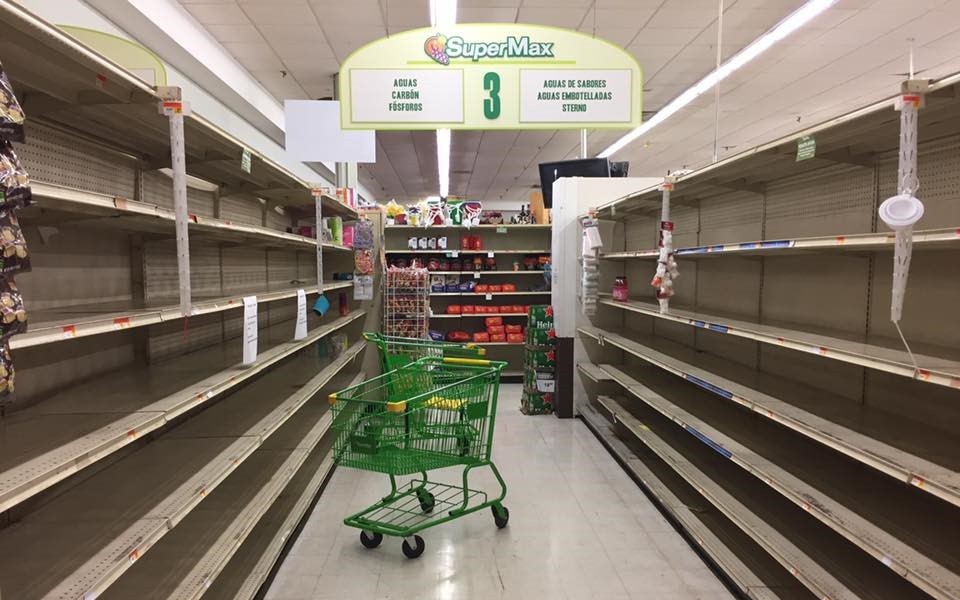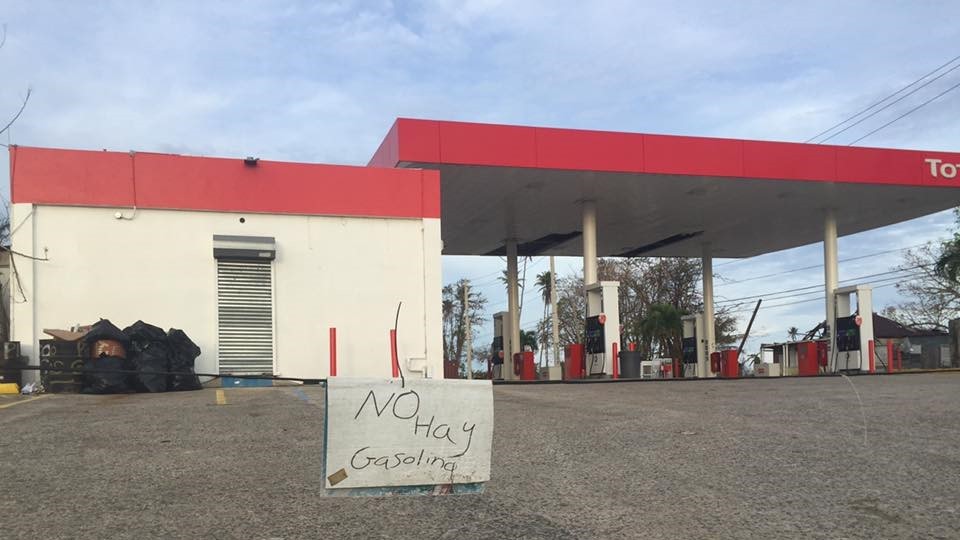Ivis Garcia Zambrana, PhD, AICP
With no communication, it took a whole week for me to hear from my family in Puerto Rico after Hurricane Maria—the worst natural disaster that has ever befallen the island since 1928. My family told me that they are ‘ok’, even though they do not have electric power or water. Their situation was not unique, 92% and 55% of islanders do not have electric power or water, respectively.
In rural areas it is expected that water and electricity would be out for more than six months. People have been making long lines to get gas and many local gas stations have ran out of gas. Many people have opted instead for alternative modes of transportation such as, biking and walking.

My family’s farm was decimated. Across the island 90% of all crops were destroyed—which meant that thousands of employees were laid off and food will become even more scarce and expensive at time passes. Although fatalities directly associated with the catastrophe come to 36 individuals—my family described how a close neighbor passed away after a pulmonary arrest; without power oxygen machines do not work. In the east of the island alone it is estimates than more than 100 individuals have lost their lives because of health complications like kidney failure, not being able to access dialysis machines and so on.
This crisis has shown how indispensable is that we diversify energy sources whenever possible, like solar or even vegetable oil. Many deaths could have been prevented if individuals or even municipalities across the island has access to alternative energy sources in hospitals, clinics, and so on. Elton Musk, Tesla Technologies CEO has started conversations with Puerto Rico Governor Ricardo Roselló to rebuild the power grid with batteries and solar power. This move would not only rebuild Puerto Rico in a more sustainable manner, but it could potentially cost less to Puerto Ricans, who pay 60 percent more for energy than anywhere in the United States.

Damages, from the category four hurricane, are estimated at $85 billion. Before Maria struck, Puerto Rico was already a paradise in trouble, with debt exceeding $70 billion. Unable to declare bankruptcy and going through a massive public restructuring that included the closure of more than 200 schools, the selling of public assets, pension cuts, and increasing taxes. Last year alone about 100,000 Puerto Ricans left the island in search for better opportunities in the United States. Last week, about 1,600 Puerto Rican sought refuge in Chicago, where Mayor Rahm Emanuel along with U.S. Rep. Luis Gutierrez welcomed the recently displaced hurricane victims to their new home. In the last 3 days more than 10,000 Puerto Ricans left to Florida. It is estimated that about 200,000 people will lealve the island in the coming months.
In the wake of hurricane Maria, many emergency organizations were mobilized, mostly Federal, they have brought relief to the victims of the severe natural disaster. For example, the U.S. department of Homeland Security’s Federal Emergency Management Agency (FEMA) has provided relief commodities like food, water, blankets and cots. When I talked to my family a few days ago, they said that there is no presence of FEMA yet, even though they lack clean drinking water and the supermarkets are running out of food. But they live in San Germán, and this area was less affected than the metro area, where these organizations are concentrating their efforts.
Many people have asked me what they can do. My response is: 1) Contact your congressman and make ask them to make Puerto Rico a priority, 2) donate and, 3) bring CNU to Puerto Rico.
1) Contacting your congressemen takes a few minutes, but those minutes can really help. Click here for contact info for your congress member.
2) There are many good organizations to donate to. One which I recommend is an organization called The Puerto Rican Agenda, located in Chicago. I previously chaired this organization and they recently achieved a goal of raising $50,000 for supplies to send to the island. Another great organization is Pallets and Planes. Fund have been used to provide basic supplies to those affected (i.e. solar powered generators, fans, lanterns, inverters, water purifiers, etc.).
3) Finally, I hope that the Congress for the New Urbanism provides teams of planners, architects, and designers like you to work in Puerto Rico. I would like to see rebuilding plans that are based on the principles of compact mixed-used development that encourages walkability and less dependency in automobiles. Puerto Rico has a chance to be re-build in a more sustainable manner and by incorporating principles of hazard mitigation.
About the Author: Originally from San Germán, Puerto Rico, Ivis García is an Assistant Professor in City and Metropolitan Planning at the University of Utah. Until a few years ago, Dr. García acted as the chair of the largest Puerto Rican organization in Chicago (the Puerto Rican Agenda), who recently conducted the Pallets and Planes campaign, among other initiatives related to the humanitarian crisis that Puerto Rico is experiencing. She is also part of the Center for Puerto Rican Studies, Oral History Project, where she has documented the migration and community organizing stories of the Puerto Rican diaspora and its leadership. She is currently authoring a book titled, “Puerto Rico and Chicago: The Art and Politics of the Possible” with the City University of New York.

